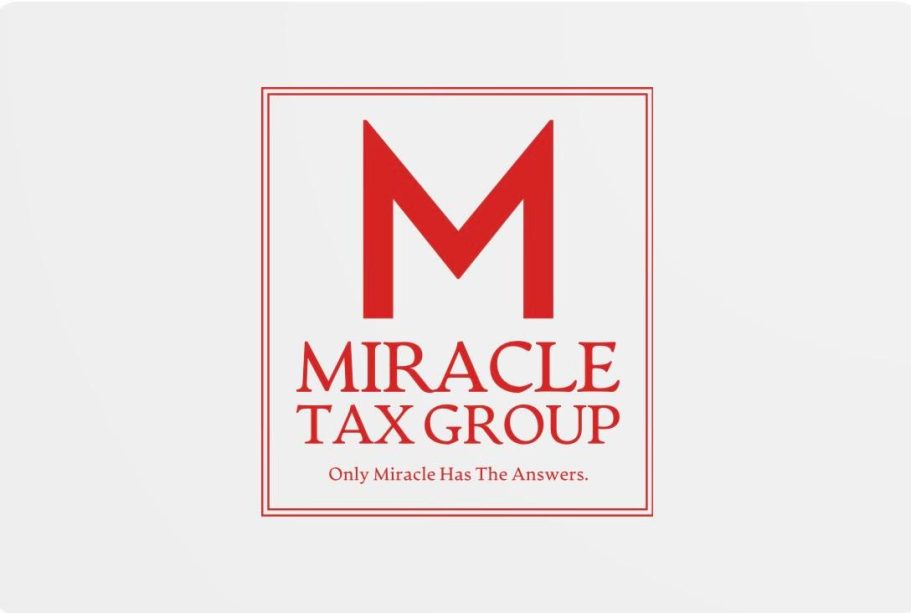Federal or State Tax Lien
Federal or State Tax Lien
You’ve got mail! It may not be a complete surprise because you have probably received an informal letter or two. It might be a surprise because you were simply hoping that you wouldn’t hear from the IRS, or your state taxing authority, formally. This is the day, however, that you received an IRS Letter 3172 Notice of Federal Tax Lien, or a similar state tax authority Notice.
The IRS Letter 3172 Notice of Federal Tax Lien informs you that you have an outstanding tax debt that is owed, and that the IRS has filed an IRS Form 668(Y) Federal Tax Lien with your local cour thouse or local county records office authorizing the local authorities to place a federal tax lien on any real property, and other property you own up to the amount of the federal tax owed. Should you attempt to sell or transfer your real or other property, the IRS will receive the sales proceeds up to the amount of the federal taxes owed, rather than the money or proceeds from a sale going to you or the entity you wanted to transfer the property to.
Should you “get mail”, time is of the essence. You have received the 3172 Notice and it tells you that you have thirty (30) days from the date on the letter to Appeal the reason for this Notice. Timeliness is very important. The important thing is that the Notice is telling you that now is the time to start the process of finding a solution to this tax issue. If there is no legitimate reason to file an appeal – other than to stall for time –then this should signify the beginning of the end to your tax problem.
If the amount of indebtedness to the federal government is under $25,000, then the taxpayer can enter into a 60-month Direct Debit IRS Installment Agreement. Once the first few direct-debit payments are successfully made to the IRS under this program, the taxpayer can file an IRS Form 12277 Application for the Withdrawal of Filed IRS Form 668(Y) Notice of Federal Tax Lien, pursuant to IRC Section 6323(i). This plan can provide a quicker, and less “public”, solution to a delinquent tax issue.
If you know that you are unable to pay off the amount of the federal tax in full, you may file an IRS Form 14135 Application for Certificate of Discharge of Federal Tax Lien, as long as you have a legitimate reason for the discharge that the IRS might accept. Under IRC Section 6325(b)(2)(A), the IRS has the opportunity to release the Federal Tax Lien in exchange for a discounted amount of the actual tax lien but is equal to the federal government’s interest in that particular property (e.g., if your tax indebtedness is $100,000 and the fair market value is $80,000 with $40,000 financing claims that are in a senior position to the Federal Tax Lien, then the IRS might agree to release the Federal Tax Lien for a payment – or an agreement to pay – in the amount of $40,000). Additionally, the IRS might agree to remove the Federal Tax Lien to allow for a clean sale of the property, under IRC Section 6325(b)(3), if the taxpayer agrees to an Escrow agreement whereby the IRS is paid its debts after the senior liens to the Federal Tax Lien are paid from the sale of the property, but before the junior liens to the Federal Tax Lien are paid from the sale.
As can be quickly ascertained, the IRS is a complicated machine filled with various “ins” and “outs”. The rules and remedies are extensive – and almost overbearing. The good news, however, is that there are many opportunities to correct tax debt “situations” when a taxpayer becomes proactive and chooses to make a plan, rather than trying to escape tax problems blindly.
Should the tax debtor try to refinance a home to avoid foreclosure, the IRS can grant an IRS Form 14135 Application for Certificate of Discharge of Federal Tax Lien that allows liens that are junior to the Federal Tax Lien to move ahead of the Federal Tax Lien. This is referred to as “Federal Lien Subordination” that, depending on values for the property, can lead to a good-faith payment also being made towards the IRS debt – followed by an installment agreement to the IRS for the balance of the debt.
The federal government also has the opportunity, under IRC Section 6325(b)(2)(b), to remove the federal tax lien if it determines that the property is essentially worthless to them. This can happen when a property has financing in a superior position to the federal tax lien in a greater value than the actual worth of the property. The property owner is “under-water” with the debt on this property and the IRS has no claim of any value on this property. It is pointless for the IRS to leave a tax lien on such a property.
State rules and procedures for state tax liens, and their removal, usually come with fewer options than the complicated IRS provides.Some states can be more aggressive in their collection pursuits. Some states will emulate federal tax rules and allow the removal of a state tax lien if the taxpayer brings the delinquent balance below the $25,000.00 mark. At that point, some states will implement a Tax Board Installment Agreement or an Offer in Compromise. In many states, the state tax delinquency qualifies for discharge in the setting of the Federal Bankruptcy Court’s rules and procedures.
Federal & State Tax Liens can be dealt with successfully when dealt with promptly and knowledge of the federal and state tax rules.
©Copyright. All rights reserved.
We need your consent to load the translations
We use a third-party service to translate the website content that may collect data about your activity. Please review the details and accept the service to view the translations.
